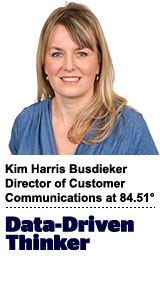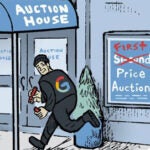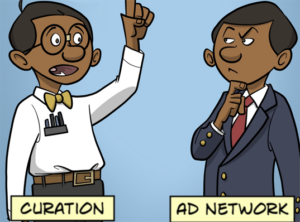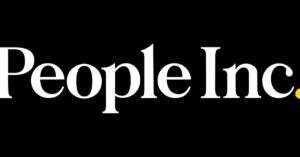 “Data-Driven Thinking” is written by members of the media community and contains fresh ideas on the digital revolution in media.
“Data-Driven Thinking” is written by members of the media community and contains fresh ideas on the digital revolution in media.
Today’s column is written by Kim Harris Busdieker, director of customer communications at 84.51°.
Spending more and getting less for it is the reality facing manufacturers and retailers today. Sale signs, shelf tags and other promotions have effectively drawn eyes and uplift for decades, but despite added investment, they are starting to lose their efficiency as customers’ needs and shopping habits evolve.
Most US trade promotions – 71%, according to Nielsen – don’t break even, while manufacturers now spend nearly 20% of their revenue on promotion, a 10% increase over the last decade. Still, promotional lift has steady declined since 2011, down almost 15 points in five years.
Trade promotion planning has remained fairly consistent over the last 20 years, but customers have changed drastically. They have weathered an unprecedented economic upheaval, for example, but have also fueled explosive growth of digital consumption and integration.
Data and collaboration may help close the trade promotion investment gap. There are key areas we need to focus on today and in the future to better understand and plan for change with the customer.
Competing Priorities Today, Align Resources Tomorrow
The teams responsible for planning retail trade promotions today are responsible for a wide range of decisions and tasks, with more and more data to ingest. CPGs are also faced with growing data points and the need to stay ahead of competition by identifying new and efficient ways to market to customers. As these roles continue to expand, the need for collaboration will be stronger than ever to ensure the customer’s evolving needs can be integrated into planning by both retailer and CPGs.
In the future, retail trade planners and CPGs can jointly plan a strategy that integrates the needs of retailers with the needs of CPGs while minimizing wasted spend and maximizing customer benefits. Additionally, both retail trade planners and CPGs can better use one-to-one levers, such as personalized digital pricing and curated online promotions where it makes sense. Many promotions could never break even in mass, but would drive substantially more uplift in a one-to-one setting where the customer universe can be carefully selected based on science. A shift for retail trade planners from managing categories to curating customer experiences can enable maximum category and cross-category growth by using science and collaboration.
Narrow Evaluation Today, Measure Every Trade Promotion Tomorrow
Nearly 100 years after John Wanamaker’s death, it’s still true and frustrating that we don’t know which half of our ad spend is wasted.
Many promotions today aren’t critically evaluated to know whether the results are stronger than employing other tactics or if they are delivering the desired impact to the customer. The sheer volume of trade investments makes it difficult to conceive of a trade-off scenario in planning that also incorporates a customer-level view. However, advances in science, technology and data collection are shifting this from impossible to inevitable.
Besides demand for a robust approach to consistently measure all trade promotions, we also need to simplify results into actions for retailer trade planners and CPGs. As customer needs and shopping behavior evolve, we need systems that rapidly react to change while still enabling the bottom line. Using a blend of backward-looking analytics and forward-looking forecasts can enable retail trade planners to proactively and reactively manage and optimize their mix of promotions with their CPG partners.
Use One Promotion Type For All Customers Today, Shift To One-To-One Offerings Tomorrow
Changing shopping habits may weaken current promotional tactics. For example, online purchasing has increased 66% between 2011 and 2015. Customers want to shop for whatever, whenever and wherever. In-store discounts alone can’t compete with this moving target.
The digital revolution brought us not only convenience, but the ability to use extreme personalization to drive more cost-effective one-to-one promotions. Imagine pinpointing an area of the store in need of added traffic and inputting parameters to launch an extremely relevant and beneficial offer to the customers most likely to be interested in shopping that area. This message could be online in a banner ad, via SMS as customers walk in-store or through a personalized offer shown as they peruse online offerings.
The messaging and context can also be tailored to cater to customer’s underlying needs and motivations. The science to understand customer preference exists, but not enough has been done to build out the integrated options and solutions for retail trade planners and CPGs.
Change can only happen once the industry acknowledges the limitations of the current reality. The story of declining returns on trade spend will continue to grow until Wall Street forces retailers to deal with getting uncomfortable and rethinking the future. The savviest retailers are the ones that celebrate the customer by using data and customer preference science to reinvent retail trade planning. Those retailers will reap the rewards by offering customers new and meaningful ways to experience their brand and connect emotionally.
Follow 84.51° (@8451group) and AdExchanger (@adexchanger) on Twitter.











